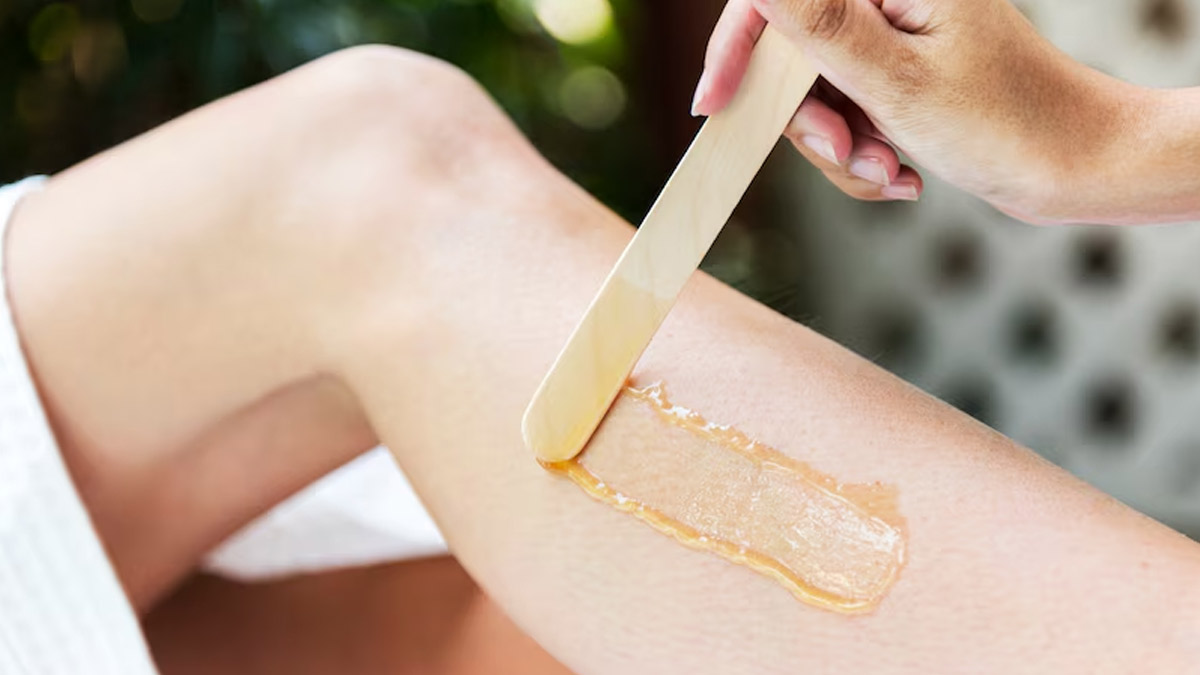
Accidents happen, and sometimes, a soothing candlelit dinner or a relaxing wax treatment can take an unexpected turn, resulting in a painful wax burn. While these burns are generally not severe, they can cause significant discomfort and distress. Fortunately, several home remedies can help alleviate the pain, promote healing, and minimise scarring. In this article, we'll explore some of the most effective natural solutions for treating wax burns.
Table of Content:-
Understanding Wax Burns
Wax burns occur when hot wax comes into contact with the skin, leading to thermal injury. The severity of the burn depends on the temperature of the wax and the duration of contact. Symptoms may include redness, swelling, blisters, and pain. While minor wax burns can be treated at home, it's essential to seek medical attention for more severe burns or if you experience signs of infection.

Immediate Steps to Take
Cool the Burn: The first and most crucial step in treating a wax burn is to cool the affected area. Run cold (not icy) water over the burn for 10-15 minutes. This helps reduce pain, swelling, and prevents the burn from worsening.
Remove the Wax: Once the burn has cooled, gently remove any remaining wax. Avoid using force; instead, use a soft cloth soaked in warm water to wipe away the residue. If the wax is stubborn, apply a small amount of olive oil or coconut oil to help soften it.
Clean the Area: After removing the wax, clean the burn gently with mild soap and water to prevent infection. Pat the area dry with a clean towel.
Also read: Should You Get Waxed On Your Periods? Know From The Expert
Home Remedies for Wax Burns
Aloe Vera: Aloe vera is renowned for its soothing and healing properties. Apply fresh aloe vera gel directly to the burn. Studies have shown that aloe vera has anti-inflammatory properties. Its anti-inflammatory and cooling effects can alleviate pain and promote faster healing.
Honey: According to research, honey is a natural antiseptic and has antibacterial properties. Apply a thin layer of raw honey to the burn and cover it with a clean bandage. This helps prevent infection and keeps the area moist, promoting healing.

Lavender Essential Oil: Lavender oil is known for its calming and healing effects. Dilute a few drops of lavender essential oil in a carrier oil, such as coconut or olive oil, and apply it to the burn. This can help reduce pain and inflammation.
Coconut Oil: Research shows that coconut oil is rich in fatty acids that have anti-inflammatory and moisturising properties. Gently massage a small amount of coconut oil onto the burn to keep the skin hydrated and reduce the risk of scarring.
Calendula Cream: Calendula is an herb known for its skin-healing properties. Applying calendula cream to the burn can help reduce inflammation and promote tissue repair.

Preventing Wax Burns
While accidents can happen, there are steps you can take to minimise the risk of wax burns:
Check Temperature: Always test the temperature of wax before applying it to your skin. Use a thermometer if necessary to ensure it's at a safe level.
Follow Instructions: If you're using wax for hair removal, follow the manufacturer's instructions carefully.
Use Protective Gear: When working with hot wax, wear protective gloves and ensure your workspace is free of flammable materials.
When to Seek Medical Attention
Most wax burns can be treated at home, but it's important to recognize when professional medical help is needed. Seek medical attention if:
- The burn is larger than three inches in diameter.
- The burn is on the face, hands, feet, or genital area.
- You notice signs of infection, such as increased pain, redness, swelling, or pus.
- The burn does not improve within a few days.
Conclusion
Wax burns can be painful and distressing, but with the right care and natural remedies, you can alleviate discomfort and promote healing. Always start by cooling the burn and cleaning the area before applying any home remedies. Remember to seek medical attention for severe burns or signs of infection. With patience and proper care, your skin can heal and return to its normal state.
Also watch this video
How we keep this article up to date:
We work with experts and keep a close eye on the latest in health and wellness. Whenever there is a new research or helpful information, we update our articles with accurate and useful advice.
Current Version